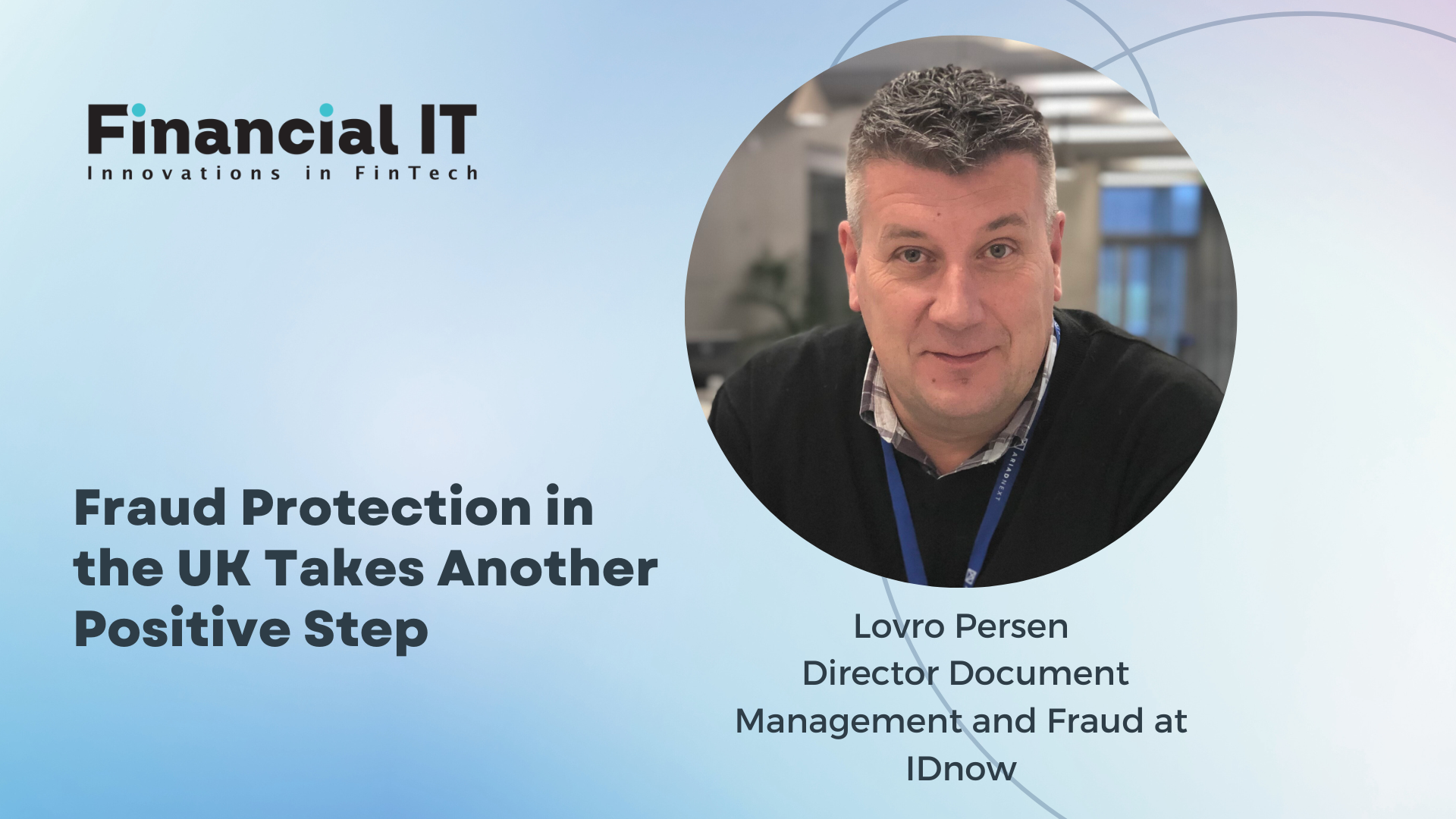Fraud Protection in the UK Takes Another Positive Step

- Lovro Persen, Director Document Management and Fraud at IDnow
- 01.09.2023 03:15 pm #fraudprevention
For too long, the UK has been one of the hottest targets for fraud, costing it around £3 billion every year, but 2023 has seen a number of definite steps from the government towards a more rigorous fraud prevention system being put in place.
The ‘Government Counter Fraud Profession – Fraud Prevention Standard for Counter Fraud Professionals’ paper is another step in the right direction, a paper targeted at industry specialists and designed as both a refresher and a way to plug any gaps in their knowledge and skills.
Coming after May’s fraud strategy paper, it’s a sign that the UK is taking this issue more seriously than before, which can only be welcome, especially as fraud not only comes with a financial cost attached but can also facilitate human trafficking and terrorism, not to mention the impact it has on the mental wellbeing of victims.
So what is contained in these new guidelines?
The Fraud Prevention Standard explained
The key focus areas are process and product guidance as well as clarification that the Approved Professional Practice is the official source of professional practice for the Government Counter Fraud Profession.
Across its 80 pages, the Fraud Prevention Standard has a lot of information and guidance, but at its heart is the Competency Framework, which details the required knowledge, skills and experience for counter-fraud professionals to comply with.
There are Trainee, Foundation and Practitioner levels to work towards, but most importantly, eight key components of the Competency Framework. These are:
- Counter fraud knowledge – This covers knowledge of fraud, including offences and typologies, as well as why it is committed and what impact it has.
- Legislation – This section covers knowing all of the relevant legislation and codes of practice as well as how to drive innovation to develop new legislation when needed.
- Risk Management – This practical section covers how to determine priorities, respond to risks, business process mapping and mitigating fraud risk.
- Business Analysis – Looks at how to use data in fraud prevention, including analytical techniques, testing, evaluating and using data to promote change.
- Prevention Methodologies – These are practical processes applied to calculate prevented fraud figures, which can be used to encourage further innovation.
- Stakeholder Engagement – How to engage with the right stakeholders to implement fraud prevention controls.
- Communications and Deterrence – This section covers developing a communications plan to build deterrence messages, based on behavioural science.
- Measurement, Evaluation and Review – Prevention requires reviews and maintenance to ensure continued effectiveness, using cost-benefit analysis, lessons learnt reviews and evaluations.
Why – and how – fraud prevention can make a difference
The benefits of an effective fraud prevention strategy are clear. It reassures customers that the business is serious about protecting them from becoming victims; it helps prevent the most vulnerable customers from being targeted; it improves the effectiveness of services by ensuring the right services and payments go to the right people, and it can also optimise operations and increase transaction speeds.
KYC (Know Your Customer) processes play a crucial role in fraud prevention, putting the power of identity back into the hands of businesses, reducing friction for genuine customers and detecting high-risk or anomalous behaviour.
With the right technologies in place and working to the Fraud Prevention Standard, UK businesses can start to work with the government to transform the country’s reputation as an easy target for fraud.























